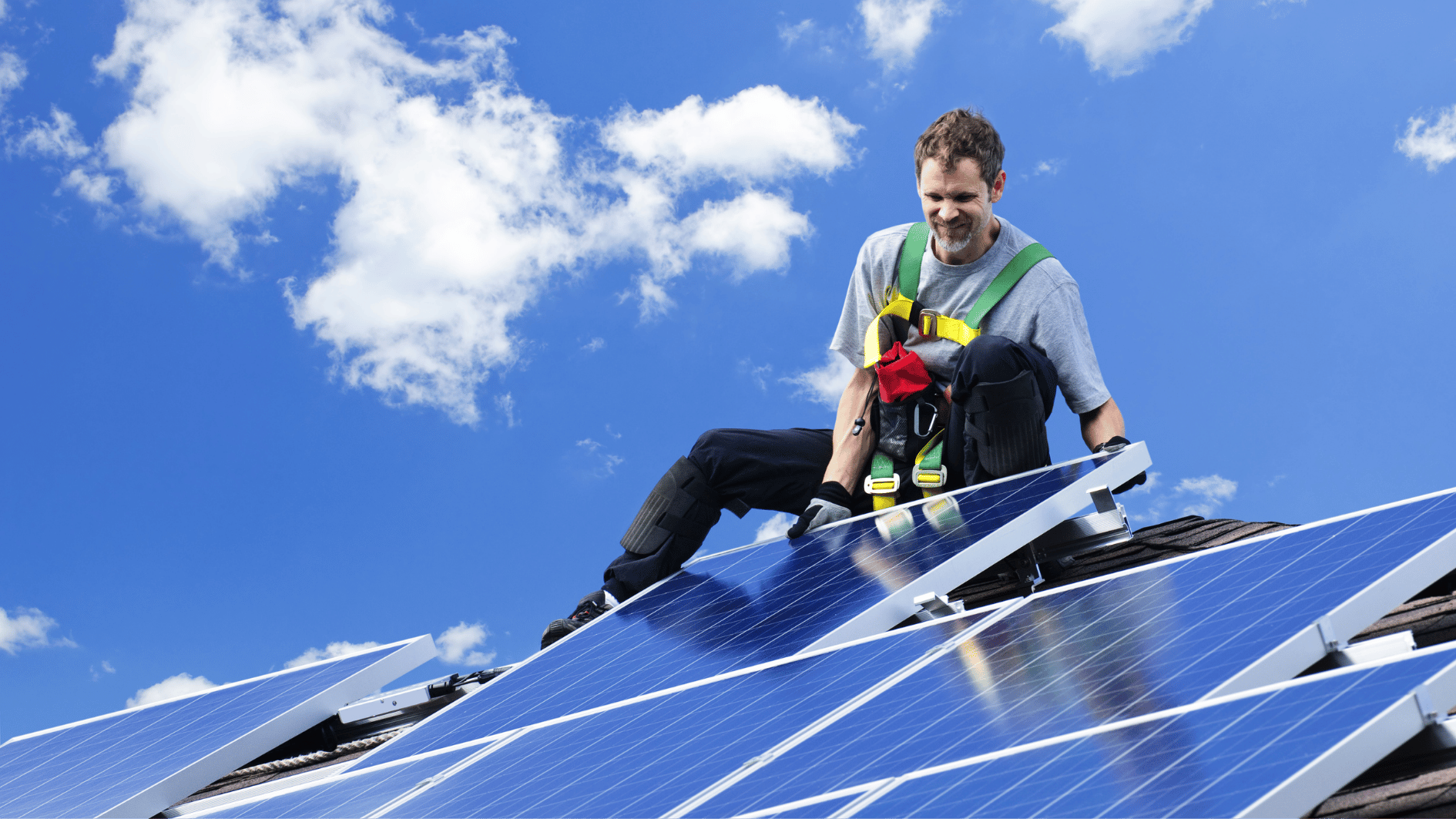Image source: Canva.com
Solar panels have become a practical and eco-friendly solution for homeowners and businesses as the world shifts toward renewable energy. With advancements in technology and government incentives available in 2025, installing solar panels has never been more accessible or beneficial. This guide walks you through everything you need about solar panel installation to help you make an informed decision.
The year 2025 offers several compelling reasons to transition to solar energy:
Why Go Solar in 2025?
With cutting-edge advancements and increased government incentives, 2025 is the ideal time to switch to solar. Improved technology, such as AI-driven optimization, maximizes energy output, reduces downtime, and ensures long-term cost savings.
From enhanced energy independence to a positive environmental impact, going solar has never been more efficient or rewarding.
Improved Technology
Solar panel efficiency has increased significantly, with modern panels converting over 22% of sunlight into electricity.
Cost-Effectiveness
The price of solar panels has dropped by 70% over the past decade, making them a cost-effective investment.
Government Incentives
Many regions offer tax credits, rebates, and grants for solar installations, reducing upfront costs.
Energy Independence
Installing solar panels can lower or even eliminate your reliance on grid electricity, protecting you from rising energy prices.
Environmental Impact
Solar energy reduces carbon emissions, making it a sustainable choice for the planet.

Key Solar Incentives in the U.S. You Should Know
Steps to Installing Solar Panels
Assess Your Energy Needs
Start by evaluating your electricity consumption. Check past utility bills to determine your average usage in kilowatt-hours (kWh). This will help you size your solar system accurately.
Evaluate Your Property
- Roof condition: Ensure your roof is in good shape, as solar panels have a lifespan of 25-30 years.
- Sunlight exposure: Determine how much sunlight your roof receives. South-facing roofs with minimal shading are ideal.
- Space availability: Check if you have enough roof or ground space to accommodate the required number of panels.
Choose the Right Solar System
- Types of panels: Decide between monocrystalline (efficient but pricier), polycrystalline (cost-effective), or thin-film panels (flexible and lightweight).
- Inverter types: Opt for string inverters, microinverters, or power optimizers based on your budget and system requirements.
- Battery storage: Consider adding a solar battery to store excess energy for use during nighttime or cloudy days.
Find a Reliable Installer
Research local solar installers by checking reviews, certifications, and warranties offered. Get multiple quotes to compare costs and services. Ensure the installer is familiar with local building codes and permitting requirements.
Understand Costs and Financing
Solar installation costs can range between $15,000 and $30,000 for an average home. However, various financing options are available:
- Purchase: Pay upfront for the highest long-term savings.
- Loans: Spread costs over time with solar loans.
- Leasing: Install panels with little to no upfront cost but reduced savings.
- Power Purchase Agreements (PPAs): Pay for the electricity generated without owning the system.
Permitting and Installation
Your installer will handle the permitting process, which includes complying with local regulations and obtaining necessary approvals. Once permits are secured, the installation process typically takes 1-3 days.
System Inspection and Activation
After installation, your system must pass an inspection to ensure it meets safety and performance standards. Once approved, it can be connected to the grid and activated.

The Solar Panel Payment Dilemma: Solved!
Post-Installation Tips

Monitor Your System
Use monitoring tools to track energy production and detect issues.

Perform Routine Maintenance
Clean panels and check for debris or shading periodically.

Review Warranty Terms
Understand the coverage for panels, inverters, and installation workmanship.
Frequently Asked Questions
How long do solar panels last?
Most solar panels have a lifespan of 25-30 years, with efficiency degrading slightly over time.
Can I go off-grid with solar?
Yes, but you’ll need a battery storage system to store energy for nighttime and cloudy days.
Are solar panels effective in cloudy climates?
Yes, solar panels still generate electricity on cloudy days, though at reduced efficiency.
Installing solar panels in 2025 is a smart move for reducing energy costs, gaining energy independence, and contributing to a greener planet. By following this guide, you can confidently navigate the installation process and reap the long-term benefits of solar energy. Start your solar journey today and join the renewable energy revolution!





